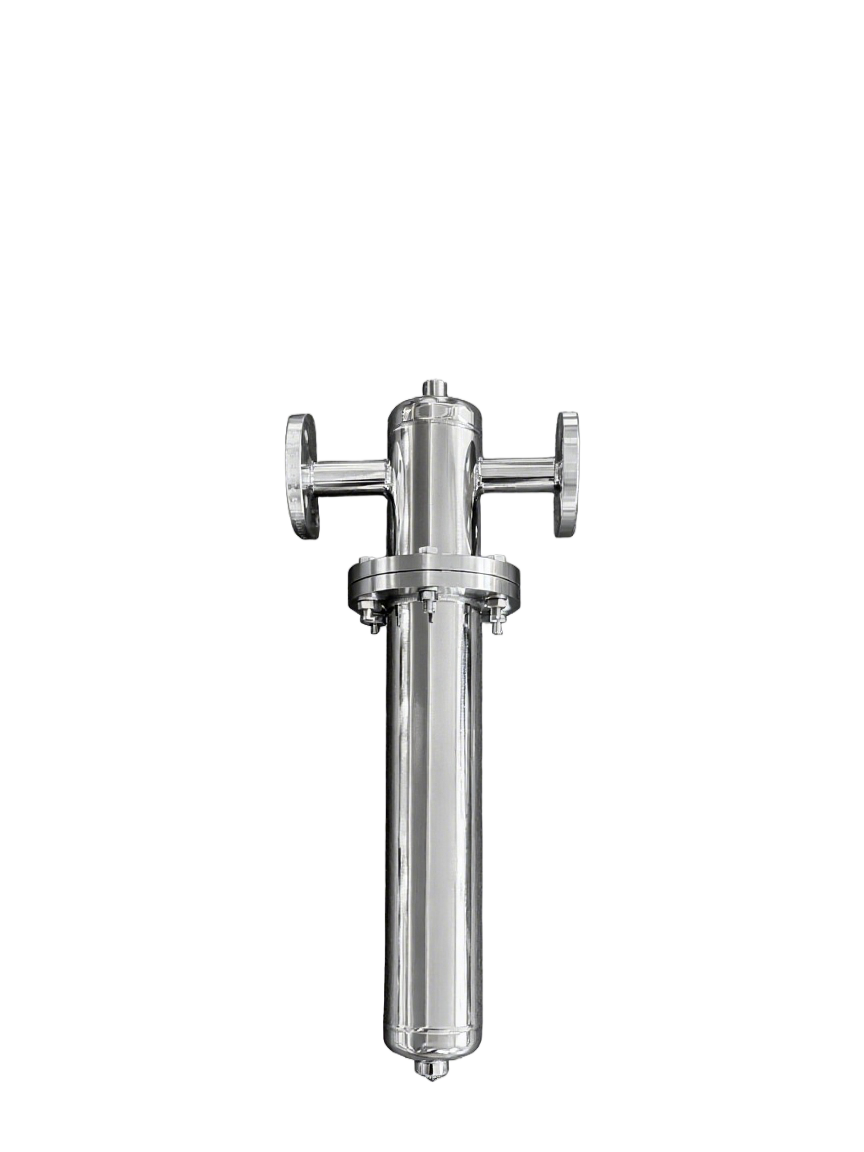Unlocking the Power: Unraveling the Distinction between Mechanical Advantage and Mechanical Efficiency
In the realm of mechanics, two fundamental concepts play a pivotal role in understanding the performance and effectiveness of machines: mechanical advantage and mechanical efficiency. While these terms may seem similar, they possess distinct meanings and implications. In this article, we will delve into the intricacies of mechanical advantage and mechanical efficiency, exploring their definitions, applications, and the key differentiating factors between the two.
- Understanding Mechanical Advantage:
Mechanical advantage refers to the amplification of force achieved by a machine when compared to the force applied to it. It quantifies the ratio between the output force exerted by a machine and the input force applied to it. Essentially, mechanical advantage determines how much a machine can multiply or augment the force applied to it, enabling the accomplishment of tasks that would otherwise be unattainable.
1.1 Types of Mechanical Advantage:
There are three primary types of mechanical advantage: lever, pulley, and inclined plane. Each type operates on different principles, but all aim to increase force output.
1.1.1 Lever:
Lever systems utilize a rigid bar or beam that pivots around a fixed point, known as the fulcrum. By altering the position of the input and output forces relative to the fulcrum, levers can either amplify force (mechanical advantage > 1) or increase the distance traveled by the output force (mechanical advantage < 1).
1.1.2 Pulley:
Pulley systems consist of one or more wheels with grooves, over which a rope or cable is threaded. By changing the number and arrangement of pulleys, mechanical advantage can be adjusted. Fixed pulleys change only the direction of the force, while movable pulleys provide a mechanical advantage by reducing the force required to lift an object.
1.1.3 Inclined Plane:
Inclined planes, such as ramps or wedges, reduce the force needed to move an object vertically by increasing the distance over which the force is applied. The mechanical advantage of an inclined plane is determined by the ratio of the length of the slope to its height.
- Exploring Mechanical Efficiency:
While mechanical advantage focuses on force amplification, mechanical efficiency measures the effectiveness of a machine in converting input energy into useful output energy. Mechanical efficiency is defined as the ratio of useful output work to the total input work, expressed as a percentage. It quantifies how well a machine minimizes energy losses due to friction, heat, and other inefficiencies. - Key Differences between Mechanical Advantage and Mechanical Efficiency:
Although mechanical advantage and mechanical efficiency are related concepts, they differ in their fundamental objectives and measurements.
3.1 Objective:
Mechanical advantage aims to magnify force, enabling the accomplishment of tasks that require greater force than what can be exerted manually. On the other hand, mechanical efficiency focuses on optimizing the energy conversion process, ensuring minimal energy losses and maximum output.
3.2 Measurement:
Mechanical advantage is quantified by the ratio of output force to input force, while mechanical efficiency is expressed as the ratio of useful output work to total input work, typically represented as a percentage.
3.3 Interpretation:
Mechanical advantage indicates the force amplification achieved by a machine, whereas mechanical efficiency reflects the effectiveness of a machine in converting input energy into useful output energy.
Conclusion:
In summary, mechanical advantage and mechanical efficiency are two essential concepts in the field of mechanics. While mechanical advantage emphasizes force amplification, mechanical efficiency evaluates the effectiveness of energy conversion. Understanding the distinction between these concepts is crucial for engineers, designers, and anyone seeking to optimize machine performance. By harnessing the power of mechanical advantage and striving for high mechanical efficiency, we can unlock the true potential of machines and drive innovation across various industries.




